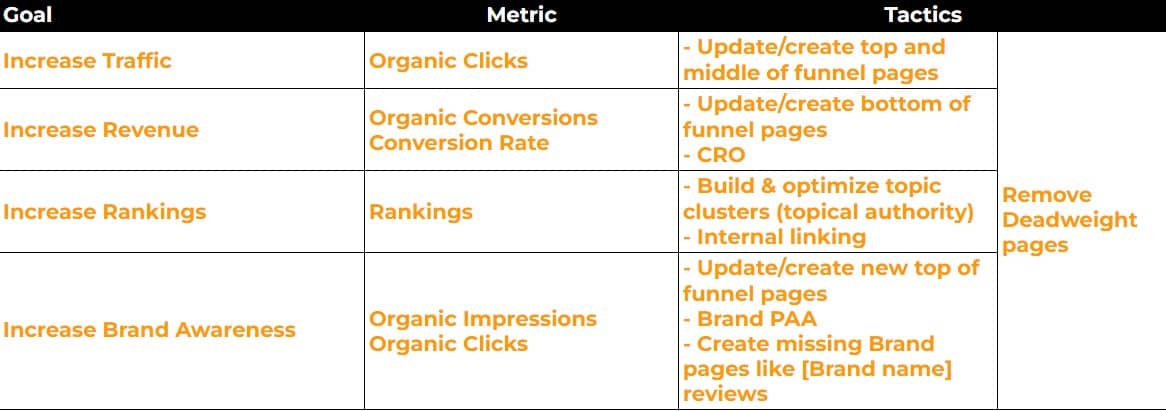
In today’s digital-first world, content is no longer just about visibility—it’s about connection. With millions of pieces of content published every day, the challenge isn’t just to be seen, but to be heard. The most successful brands understand that the true power of content lies not in its volume, but in its ability to spark meaningful conversations and signal engagement.
This article will explore how to create content that doesn’t just inform or entertain, but actively encourages dialogue, builds communities, and signals to search engines and audiences that your content is valuable. Whether you’re a marketer, business owner, or content creator, this guide will help you transform your strategy from passive publishing to active engagement.
What Is Conversational Content and Why It Matters
Conversational content is content that is designed to elicit responses, encourage interaction, and foster discussion. Unlike static content that simply delivers information, conversational content invites the audience to participate, ask questions, and share their thoughts.
In the context of SEO and digital marketing, conversational content plays a critical role. Search engines like Google now prioritize content that demonstrates user engagement—such as comments, shares, and time spent on page. Moreover, content that sparks conversation often leads to increased social shares, backlinks, and brand loyalty.
According to a 2023 study by HubSpot, 76% of consumers prefer brands that engage with them directly. This shows that the future of content is not just about being seen, but about being part of an ongoing dialogue.
How Conversational Content Impacts SEO Performance
Conversational content has a direct impact on several key SEO metrics:
- Engagement Metrics: Content that encourages comments, likes, and shares signals to search engines that your content is valuable and relevant.
- Dwell Time: When users engage with your content and spend more time reading or interacting, it can improve your rankings.
- Backlinks: Content that sparks conversation is more likely to be cited or linked to by other websites, improving your domain authority.
- Social Signals: Social shares and mentions can indirectly influence your SEO performance by increasing traffic and brand awareness.
Additionally, conversational content aligns with modern search trends. Google’s E-E-A-T (Experience, Expertise, Authoritativeness, Trustworthiness) guidelines emphasize the importance of user experience and engagement. Content that encourages discussion is inherently more trustworthy and authoritative.
Step-by-Step Implementation Framework
Creating content that spurs conversation and signals engagement requires a structured approach. Here’s a step-by-step framework to get started:
- Define or Audit the Current Situation
- Analyze your existing content to identify what’s working and what’s not.
- Use tools like Google Analytics, SEMrush, or Ahrefs to track engagement metrics such as bounce rate, average session duration, and social shares.
-
Identify gaps in your content strategy and determine where opportunities for conversation exist.
-
Apply Tools, Methods, or Tactics
- Use a conversational tone: Write in a way that feels natural and relatable, avoiding overly formal language.
- Ask open-ended questions: Encourage readers to respond with questions like “What are your thoughts?” or “How do you handle this situation?”
- Leverage storytelling: People connect with stories. Use real-life examples, case studies, or customer testimonials to make your content more engaging.
-
Include interactive elements: Polls, quizzes, and surveys can drive engagement and provide valuable data.
-
Measure, Analyze, and Optimize
- Track the performance of your conversational content using analytics tools.
- Look at metrics like comment volume, social shares, and referral traffic.
- Use A/B testing to experiment with different formats, headlines, and calls-to-action.
- Refine your strategy based on what resonates with your audience.
Real or Hypothetical Case Study
Let’s take a look at a hypothetical case study of a SaaS company that transformed its content strategy by focusing on conversation.
Company Background: A B2B SaaS startup offering project management tools.
Challenge: Their blog was receiving low engagement despite high-quality content.
Strategy: They shifted focus to creating conversational content by:
– Writing in a friendly, approachable tone.
– Including questions and prompts for reader input.
– Using real-world scenarios and customer stories.
– Encouraging comments and discussions.
Results:
– Increased average session duration by 45%.
– Doubled the number of comments and social shares.
– Improved organic traffic by 30% within six months.
This example shows how a shift toward conversational content can have a measurable impact on both engagement and SEO performance.
Tools and Techniques for Conversational Content
To effectively create and manage conversational content, consider using the following tools:
- Canva – For designing visually engaging content that complements your message.
- Grammarly – To ensure your writing is clear, concise, and conversational.
- Hootsuite or Buffer – For scheduling and managing social media interactions.
- Google Analytics – To track engagement and measure the success of your content.
- Hotjar – To gain insights into how users interact with your content.
- SurveyMonkey – For creating polls and surveys to engage your audience directly.
These tools can help you streamline your workflow and make it easier to maintain a consistent, engaging presence across all platforms.
Future Trends and AI Implications
As AI continues to evolve, the role of conversational content will become even more important. With the rise of voice search, chatbots, and multimodal content, the demand for content that is naturally engaging and easy to interact with will only grow.
AI-powered tools like ChatGPT and Jasper can help automate parts of the content creation process, but they cannot replace the human element of conversation. The most effective content will still be the one that feels authentic, personal, and meaningful.
Looking ahead, brands that embrace conversational content will be better positioned to thrive in a world where engagement is king.
Key Takeaways
- Conversational content drives engagement by encouraging dialogue and interaction.
- It improves SEO performance through increased dwell time, social shares, and backlinks.
- A structured approach helps you create content that resonates with your audience.
- Tools and analytics are essential for measuring and optimizing your efforts.
- The future of content is about building relationships, not just delivering information.
By focusing on content that sparks conversation and signals engagement, you’ll not only improve your SEO rankings but also build stronger connections with your audience.
Meta Title: How to Use Content That Spurs Conversation and Signals Engagement
Meta Description: Learn how to create content that drives conversation, boosts engagement, and improves SEO performance. Discover actionable strategies and tools for meaningful audience interaction.
SEO Tags (5): conversational content, engagement metrics, SEO strategy, content marketing, audience interaction
Internal Link Suggestions:
– Parameter #12: Content Strategy for Digital Marketing
– Parameter #8: User Engagement and SEO
– Parameter #15: Building Online Communities
External Source Suggestions:
– HubSpot – The Power of Engaging Content
– Google E-E-A-T Guidelines
– Grammarly – Improve Your Writing










